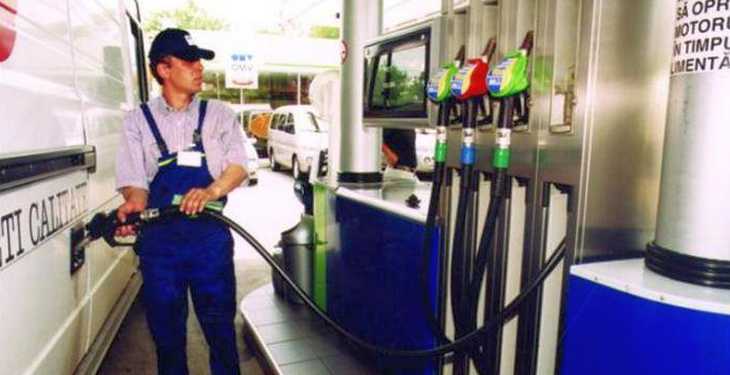The annual inflation rate remained relatively steady in March 2017, standing at 0.18 percent, against 0.2 percent in the prior month, in line with the NBR projection. Behind this stood the slowdown in the annual dynamics of fuel prices, which offset the effects of the faster increase in volatile food prices and of other indices as well, according to the National Bank of Romania (NBR).
Average 12-month consumer price (CPI) inflation further posted less negative values, coming in at 0.9 percent in March, from -1.1 percent in February; calculated based on the Harmonised Index of Consumer Prices, the annual average rose to -0.5 percent, against -0.7 percent in February 2017.
”The upward path in both indicators owes largely to the gradual drop-out from their calculation of the annual changes affected by the VAT rate cut applied in June 2015”, say NBR officials.
Economic growth accelerated at a faster-than-expected pace in 2016 Q4, with revised data showing that real GDP expanded by 4.8 percent year on year. The pick-up in GDP dynamics was widely ascribed to the contribution of net exports, following the positive differential between the annual growth rates of exports and imports of goods and services. In 2016 as a whole, the 4.8 percent advance in GDP was driven by private consumption, which hit a nine-year high of 7.3 percent, amid the easing of fiscal and income policies and an improvement in employment. Conversely, the contribution of gross fixed capital formation to GDP growth turned negative.
Estimates for 2017
For 2017, the most recent statistical data (January-February) show a further high annual growth rate of turnover volume in trade and services, a swifter increase in industrial production, as well as a protracted contraction of activity in construction. Given that labour productivity dynamics advanced not as fast as wage growth, the annual pace of increase of unit wage costs industry-wide gathered momentum against the final quarter of last year.
The current account balance swung into surplus in the first two months of 2017, amid the good performance of the balance on primary income, even though the deficit on trade in goods widened from the same year-ago period.
Real monetary conditions remained stimulative. Credit to the private sector grew at a faster annual pace in March (3.1 percent from 2.1 percent in February). These developments pave the way for a halt in the downward trajectory of private credit-to-GDP ratio this year, also on the back of a reduction in non-performing loan sales.
The faster credit growth was largely underpinned by the leu-denominated component, whose annual dynamics accelerated to 14.1 percent. Behind this stood primarily new loans to non-financial corporations and consumer credit. Against this background, the share of leu-denominated credit in total private sector loans widened to a post-January 1997 high of 58.2 percent from 34.6 percent in May 2012. This ensures an improved monetary policy transmission, while also helping mitigate risks to financial stability.
NBR keeps the rate, drops the MRR
In Friday’s meeting, the NBR Board examined and approved the May 2017 Inflation Report, which incorporates the most recent data and information available. The current scenario of the projection points to the annual inflation rate picking up throughout the forecast interval, but following a slightly lower path than in the previous Report.
The risks and uncertainties surrounding the inflation outlook stem from both domestic and external environment. Domestically, they originate mainly in the fiscal and income policy stance, also amid the recent legislative initiatives regarding wages and taxes.
On the external front, still relevant are the uncertainties and risks related to euro area and global economic growth, arising primarily from the elections scheduled in Europe, the Brexit talks, as well as from the economic policies of the US Administration.
In this context and based on currently available data, the Board of the National Bank of Romania decided to keep unchanged the monetary policy rate at 1.75 percent per annum and to further pursue adequate liquidity management in the banking system. Given the contraction in foreign currency credit, the consolidation of forex reserves (EUR 35.96 billion at end-April 2017) above the adequate level, and their improved composition, the NBR Board decided to cut the minimum reserve requirement (MRR) ratio on foreign exchange-denominated liabilities of credit institutions to 8 percent from 10 percent starting with the 24 May – 23 June 2017 maintenance period. The measure aims to continue the harmonisation of the minimum reserve requirements mechanism with the relevant standards and practices of the European Central Bank and the major central banks across the European Union. The minimum reserve requirement ratio on leu-denominated liabilities remains unchanged at 8 percent.

